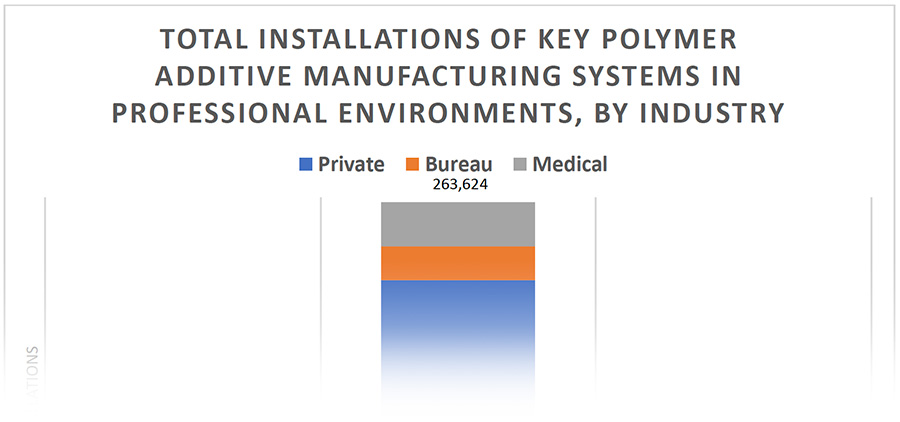3DPrint.com PRO: Here’s How Much Medical Equipment the World’s Additive Manufacturing Equipment Could Produce in 2020
(3DPrint.com PRO is available only to subscribers)
3DPrint.com will always be free, but 3DPrint.com PRO is a new product developed for our industry where we give you affordable timely analysis by SmarTech’s VP of Research Scott Dunham. Get PRO here.
Everyone is talking about how the world’s response to the coronavirus is changing daily life across the globe, both temporarily and (speculatively) for the long term. In the wake of COVID-19, the additive manufacturing industry has once again caught the attention of the media in a way reminiscent of the boom in personal printers in 2011 in which many industry opportunists were proclaiming that the collective public could “make anything!” with a 3D printer at home. Today, everyone is talking about how additive manufacturing users are working with governments and medical professionals in times of healthcare crisis to produce critical medical equipment.
3D printer companies like Stratasys, Carbon, and HP are making news headlines for reaching out to customers who have had their own businesses negatively impacted in order to coordinate the re-direction of their printing capacity to produce critical equipment like face shield components or nasal swabs for test kits. Then there are large users with significant deployments of various kinds of 3D printers who may be partnering with medical institutions or governments on their own to produce similar components. Finally, there are also a lot of individual users of low cost printers who are also producing personal protective equipment either for personal use, or for friends in the healthcare profession, or to support charitable coalitions.
All of this activity demonstrates, as many pundits including ourselves here at SmarTech Analysis have theorized, some of the critical value that additive manufacturing technology has in terms of creating flexibility in the supply chain. We’ve seen reports of companies like Carbon producing 15,000 face shields per week. Low cost printer manufacturer Prusa Research has produced 65,000 face shield components in their home of the Czech Republic. Other companies such as Johnson & Johnson reportedly are producing ventilator valves and splitters which increase patient treatment capacity of already operational ventilators.
The long and short of all of this is a win/win scenario for additive manufacturing companies and users alike – with regular business manufacturing operations becoming more negatively impacted as time goes on due to the results of the virus, AM allows companies to pivot to help out in times of need, creating great public brand support, while also creating business opportunities and keeping some workers and equipment working when they might otherwise not be able to. We’ve heard a lot about these efforts as they have grown in frequency and scope with regards to meeting projected shortfalls of medical equipment -but in order to truly demonstrate how adoption of additive manufacturing can aid in times of supply chain crisis, we need to understand the real scope of what deployments of AM can really do. In order to do that, we can apply detailed information about the global characteristics of active additive manufacturing systems combined with the types of medical equipment being produced to quantify just how impactful the AM community could be in this ongoing scenario. What follows is a brief demonstration of the impact that additive manufacturing can have as a collective capability within regional areas, framed around the context of short term medical equipment needs in combating COVID-19.
Matching Up Production Capacity with Medical Equipment Needs

Already a subscriber?
You are set to receive premium content directly to your inbox twice a month.
